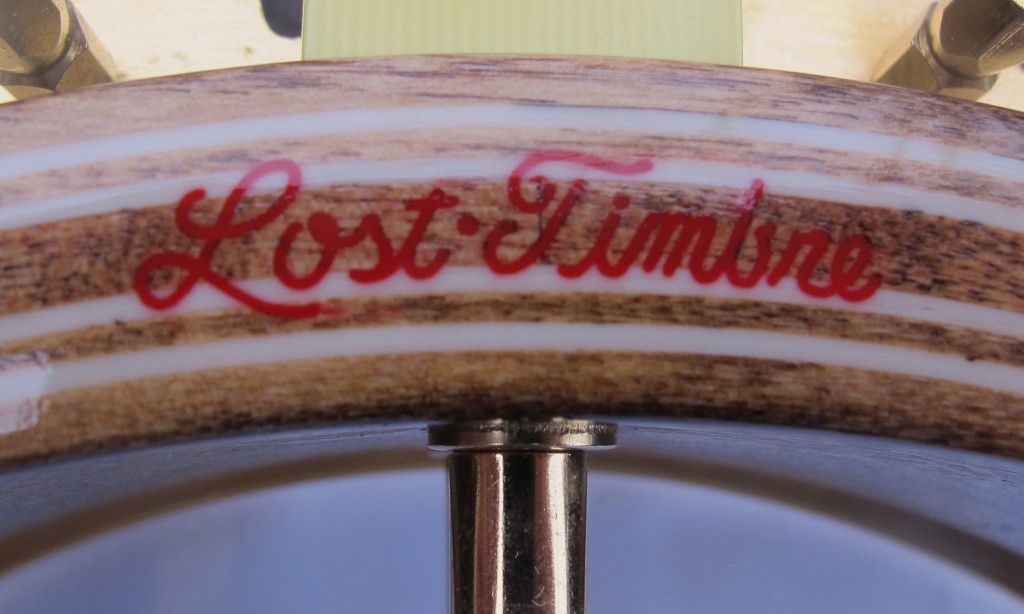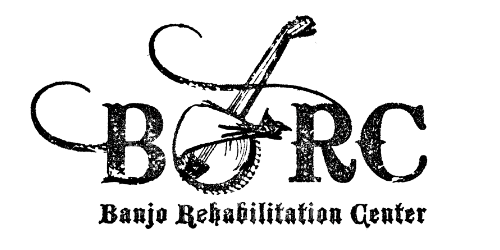What are the factors that influence the timbre and tone of your banjo? Wood vs. aluminum rim, design and thickness of the bridge, angle of the tailpiece, resonator vs. open back, type and tension of the head, neck design and wood type, flat top vs. archtop, alloy of the tone ring, gauge of strings, how and where you pick the strings, a pot made of contemporary wood or ancient `lost forest` timber harvested from the floor of the Great Lakes?
(photo of BRC founder`s Stelling Masterflower with a Tony Pass rim)
In archery, the flight of the arrow is dependent half on the arrow and half on the archer. Most factors in a banjo tend to remain constant, but changing the head can appreciably alter the voice of your instrument in one simple step because of differences in plastic material and thickness. Most heads are made of Mylar (polyethylene terephthalate ), and Deering has a Kevlar (para-aramid synthetic fiber) head available. Here is a comparative chart of synthetic options based on thickness:
5-Star head from Stew Mac, great for a crisp Bluegrass tone = .007 inches
Cloudy Mylar Remo head, brightness favored by 4 stringers = .008 in.
Frosted Remo Weatherking head, a mainstay item = .009 in.
Ludwig head, on Stelling banjos with `old wood` rims = .012 in.
Fiberskyn, Mylar coated with Tyvek, a clawhammer favorite = .014 in.
When the BRC founder purchased his first banjo more that 55 years ago, only the calf skin head was available, and this was integral to Earl`s classic sound. Application and maintenance are issues with this biomaterial, and only devoted traditionalists saddle their instrument with it these days. Experiment with banjo head options, and you might be very surprised at what you hear.
At a recent dinner gala benefitting the Children`s Hospital, the BRC founder picked a Stelling Masterflower with a new Ludwig banjo head on it while his band entertained the guests.
P.S. Watch for the BRC “Freedom Eagle” banjo on eBay April 17-24.

No Comments